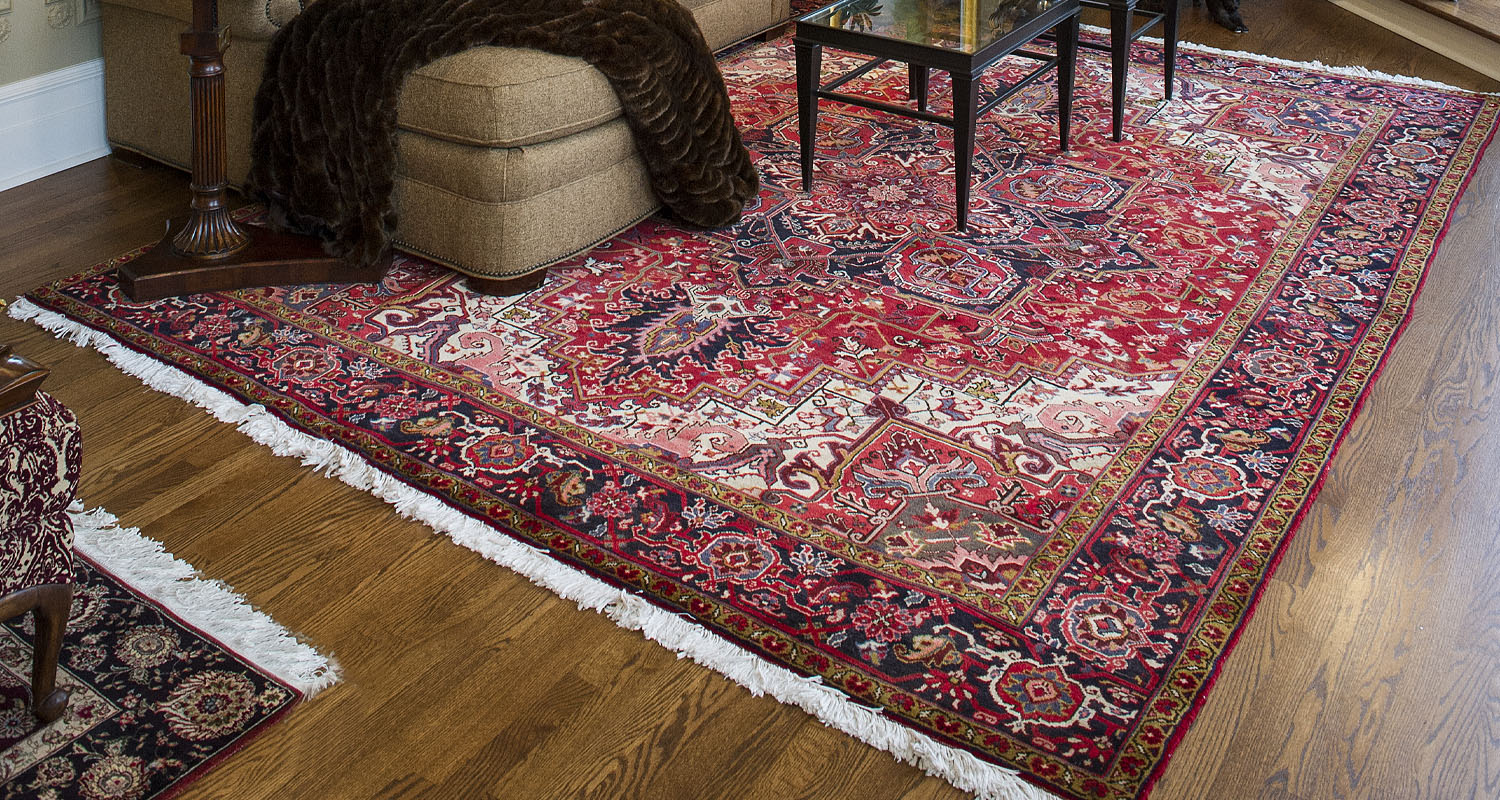Unraveling the Elegance: A Deep Dive into Persian Rugs

Persian rugs, renowned worldwide for their intricate designs, rich colors, and unparalleled craftsmanship, stand as timeless symbols of artistry and cultural heritage. Originating from the ancient Persian Empire, these exquisite floor coverings have captivated the hearts and minds of admirers for centuries. In this comprehensive exploration, we’ll delve into the fascinating world of Persian rugs, unraveling their history, craftsmanship, symbolism, and enduring allure.
A Tapestry of History and Tradition
The origins of Persian rugs can be traced back over two millennia, with evidence of their existence dating as far back as the fifth century BCE. Historically, these rugs were handcrafted by skilled artisans using age-old techniques passed down through generations. Each rug tells a story, reflecting the cultural influences, artistic sensibilities, and regional identities of the weavers who created them.
Craftsmanship and Artistry
What sets Persian rugs apart is the meticulous craftsmanship and attention to detail that goes into their creation. Traditionally handwoven on looms using wool, silk, or a combination of both, Persian rugs are renowned for their intricate patterns, vibrant colors, and fine knotting techniques. Skilled artisans spend months, and sometimes years, painstakingly weaving each rug, imbuing it with a sense of craftsmanship and artistry that is unrivaled.
Regional Variations and Styles
One of the most fascinating aspects of Persian rugs is the diversity of styles and designs that emerge from different regions of Iran. From the lush floral motifs of Isfahan to the geometric patterns of Tabriz and the tribal designs of Shiraz, each region has its own unique aesthetic vocabulary and weaving traditions. These regional variations not only showcase the cultural diversity of Iran but also offer collectors and connoisseurs a vast array of options to choose from.
Symbolism and Meaning
Beyond their aesthetic appeal, Persian rugs are imbued with symbolism and meaning that add depth and significance to their designs. Traditional motifs such as the tree of life, floral patterns, and geometric symbols are often infused with deeper cultural and spiritual significance. For example, the boteh or paisley motif, commonly found in Persian rugs, is believed to represent fertility, eternity, and the cycle of life. Understanding the symbolism behind these motifs adds another layer of appreciation to these exquisite works of art.
Investment Value and Collectibility
In addition to their cultural and aesthetic value, Persian rugs are also prized for their investment potential and collectibility. Antique and vintage Persian rugs, especially those with rare designs, exceptional craftsmanship, and historical provenance, can command high prices at auctions and in the collector’s market. As with any valuable collectible, factors such as age, condition, rarity, and provenance play a significant role in determining the value of a Persian rug.
Care and Maintenance
Proper care and maintenance are essential to preserving the beauty and longevity of Persian rugs. Regular vacuuming, rotating the rug periodically to prevent uneven wear, and promptly addressing spills and stains are key to keeping your rug looking its best. Additionally, professional cleaning and restoration services can help rejuvenate and extend the life of your Persian rug, ensuring that it remains a cherished heirloom for generations to come.
Appreciating the Timeless Beauty of Persian Rugs
In a world of mass-produced goods and fleeting trends, Persian rugs stand as enduring symbols of tradition, craftsmanship, and timeless beauty. Whether displayed as a centerpiece in a grand hall or adorning the floors of a cozy living room, these exquisite works of art have the power to transform any space into a sanctuary of elegance and refinement. As we continue to marvel at the intricate patterns and vibrant colors of Persian rugs, we pay homage to the rich cultural heritage and artistic legacy of the ancient Persian Empire.
Conclusion
Persian rugs represent the epitome of craftsmanship, artistry, and cultural heritage. From their ancient origins to their enduring popularity in the modern world, these exquisite floor coverings continue to captivate and inspire admirers around the globe. Whether viewed as valuable investments, cherished heirlooms, or simply objects of beauty, Persian rugs serve as timeless reminders of the rich tapestry of human creativity and craftsmanship. As we celebrate the enduring allure of Persian rugs, we honor the legacy of generations of skilled artisans who have brought these exquisite works of art to life.









